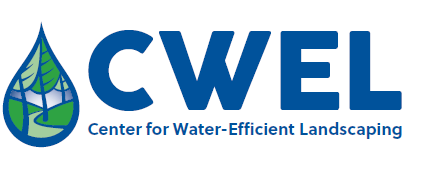Effects of irrigation and mowing on species diversity of grass and wildflower mixtures for the Intermountain West
Document Type
Article
Journal/Book Title/Conference
Native Plants Journal
Volume
7
Issue
3
Publisher
University of Wisconsin Press
Publication Date
Fall 2006
First Page
267
Last Page
278
Abstract
Grass and wildflower mixtures can be aesthetically appealing, water-conserving, low-maintenance alternatives to conventional turfgrass. One problem with these mixtures is loss of species diversity over time. We examined the effects of irrigation and mowing on the species diversity of 3 grass and wild-flower mixtures. The nonirrigated and non-mowed treatment combination maintained diversity most effectively whereas the irrigated and mowed treatment combination was least effective. Generally, when the irrigation treatment was significant (P < 0.05), irrigated plots contained more wildflowers. When the mowing treatment was significant (P < 0.05), mowed plots contained more common yarrow (Achillea millefolium L. [Asteraceae]) and strawberry clover (Trifolium fragiferum L. [Fabaceae]) and fewer Pacific aster (Symphyotrichum chilense (Nees) Nesom [Asteraceae]). Height measurements on non-mowed plots showed that irrigated plots had taller canopies than nonirrigated plots. Common yarrow was the most competitive wildflower, followed by strawberry clover and Pacific aster. Mixture 3 containing crested wheatgrass (Agropyron cristatum (L.) Gaertn. [Poaceae]) and thickspike wheatgrass (Elymus lanceolatus (Scribn. & J.G. Sm.) Gould ssp.lanceolatus [Poaceae]) maintained species diversity for the longest duration under nonirrigated and non-mowed conditions.
Recommended Citation
Dewey, Daniel W.; Johnson, Paul G.; and Kjelgren, Roger K., "Effects of irrigation and mowing on species diversity of grass and wildflower mixtures for the Intermountain West" (2006). CWEL Publications. Paper 7.
https://digitalcommons.usu.edu/cwel_pubs/7


